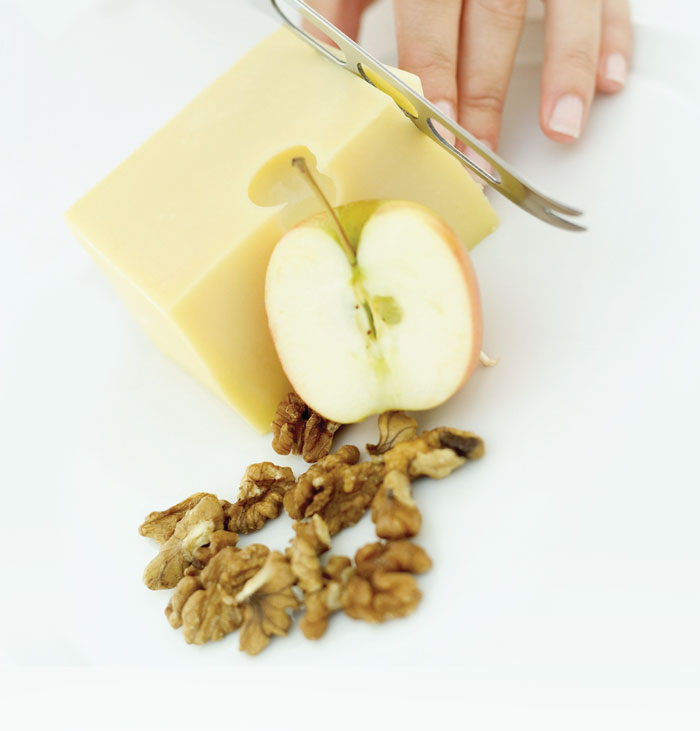In a recent study published in in the journal Diabetes Care, experts found that people who ate lots of fish and limited their intake of poultry and red meat lowered their risk of heart disease and type 2 diabetes. People in the study who were vegetarians in the study saw the greatest drop in risk, but you don’t have to stop eating animal products to enjoy improved health. Here are a few ways to start to eat like those in the study.
Q: HOW DO I EAT MORE FISH?
Many of the people in the study who lowered their risk of diabetes and heart disease ate a lot of fi sh. Fish only takes a few minutes to prepare. Bake, broil, grill or poach your fish, but don’t fry it. Fried foods provide extra calories you don’t need and may have unhealthy trans fats. Find ways to enjoy heart-healthy fish, such as tuna, salmon, herring and sardines at some of your meals. Some people start their day with a piece of heart-healthy herring at breakfast or enjoy it for a snack. For lunch, have tuna or salmon salad made with a fat-free or low-fat mayonnaise. Make the sandwich on whole grain bread or add the fi sh to a tossed green salad.
Q: HOW DO I STILL GET ENOUGH PROTEIN?
Protein foods include red meat, poultry, beans, nuts, fish, tofu, eggs and low-fat cheese. Think about how much protein you eat at meals. The amount of healthy protein you eat should fit into ¼ of a 9-inch dinner plate and be about the size of a deck of cards. If you want to limit your meat or poultry intake, eat them in the correct healthy protein serving size. Don’t take a large chicken breast that fills your plate or a big steak that spills over the sides.
Q: WHAT ARE GOOD WHOLE GRAIN CHOICES?
Some good choices are brown rice or whole wheat pasta and nonstarchy vegetables, such as broccoli, cauliflower, tomatoes, lettuce and zucchini.
Q: CAN I STILL EAT EGGS?
If you are an egg lover, you may be able to eat eggs as your protein option at some of your meals. A large, multi-year study showed no link between the eggs people ate and their cholesterol level or risk for type 2 diabetes. Ask your healthcare provider or registered dietitian how many whole eggs are right for you, and how you can fit them into your meal plan.
Q: HOW DO I EAT MORE LOW-FAT CHEESE?
Replace some or all of the meat in your sandwich or salad with a low-fat cheese. If you make a sandwich, feel free to pile your fresh vegetables up high. Veggies are great for your health and are very low in calories.
Q: WHAT ARE SOME MEAT ALTERNATIVES?
The word seitan may sound funny, but it is a great vegetarian product. It replaces meat in just about any recipe, such as stews, chili and other dishes. Seitan is made from wheat protein. It looks like meat and has a meat-like texture. Most health food stores sell it. You may also find it sold as mock meat crumbles in the freezer section of your local market.
Tofu is another protein product you can use in place of meat. Tofu picks up the flavor of the foods you cook with it. It can be prepared in many ways: You can panbrown it, put cubes into soup, bake cutlets in a sauce or stir-fry it.
Q: WHAT ABOUT BEING A VEGETARIAN?
If you want to become a vegetarian and cut some or all animal products from your meal plan, do so with the help of a registered dietitian. Animal products provide your body with many important nutrients, such as vitamin B12 and iron, that are impossible or difficult to get from plant foods alone.


Pingback: Eat Healthy To Live Healthy - Costco Free Diabetes Magazine: Healthy, Low Carb Recipes